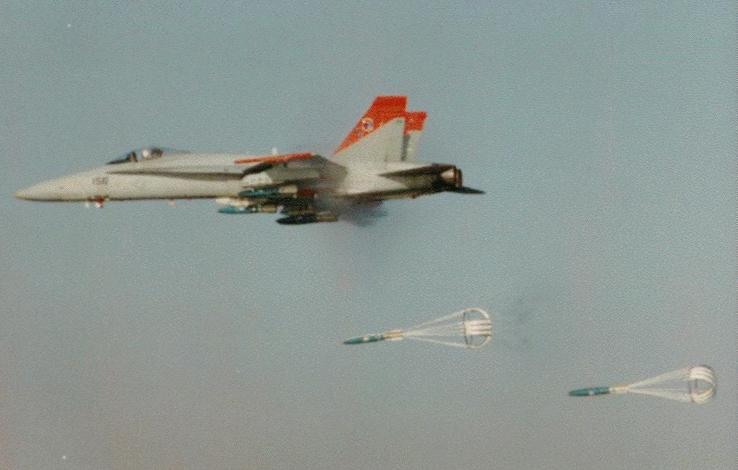Previously, a treaty was signed that effectively banned air-dropped bombs, and military versions of rockets and missiles. That treaty leaves a gap as far as Depth Charges go, and this is not precisely an oversight. The treaty was heavily influcenced by older-fashioned surface fleet Admirals and several centuries of tradition, and two weapons threatened that: Aircraft and submarines. While they didn't want to limit submarines (Since that would limit their own and, at the end of the day, they're still ships), they wanted to leave open methods of dealing with enemy submarines.
This, of course, leaves the opportunity for an enterprising individual to come up with the idea of using depth charges against surface ships, potentially even some designs dedicated specifically to such a device.
In my research, I haven't come across any surface vessels that were sunk by depth charges, although numerous were damaged - Often by anti-submarine craft sinking and having their prepped depth charges go off.
Is it possible for a depth charge (Of any practical size) dropped by an aircraft to sink a significant surface ship, such as a heavy cruiser or battleship? Modifications to enhance weapons specifically for this purpose are allowed and encouraged.
Edit for some clarifications:
A torpedo utilizes active guidance and propulsion. Neither of these are allowed by the treaty.
A mine is often, but not always, tethered to the seabed, and all mines (for the purposes of this definition) explode based on contact or proximity. Mines are not explicitly banned, but their uses are sufficiently different than depth charges that their use by aircraft should fall under a separate question
A depth charge has no active guidance and no propulsion systems. Additionally, for the purposes of the treaty, they are detonated when they reach a specific depth, as opposed to on contact with the ground or a vessel.

 A bouncing bomb or a skip bomb would fit your criteria. They were dropped from planes flying at low altitude and would 'skip' across the surface of the water and detonate. They were used during World War II to destroy
A bouncing bomb or a skip bomb would fit your criteria. They were dropped from planes flying at low altitude and would 'skip' across the surface of the water and detonate. They were used during World War II to destroy 

